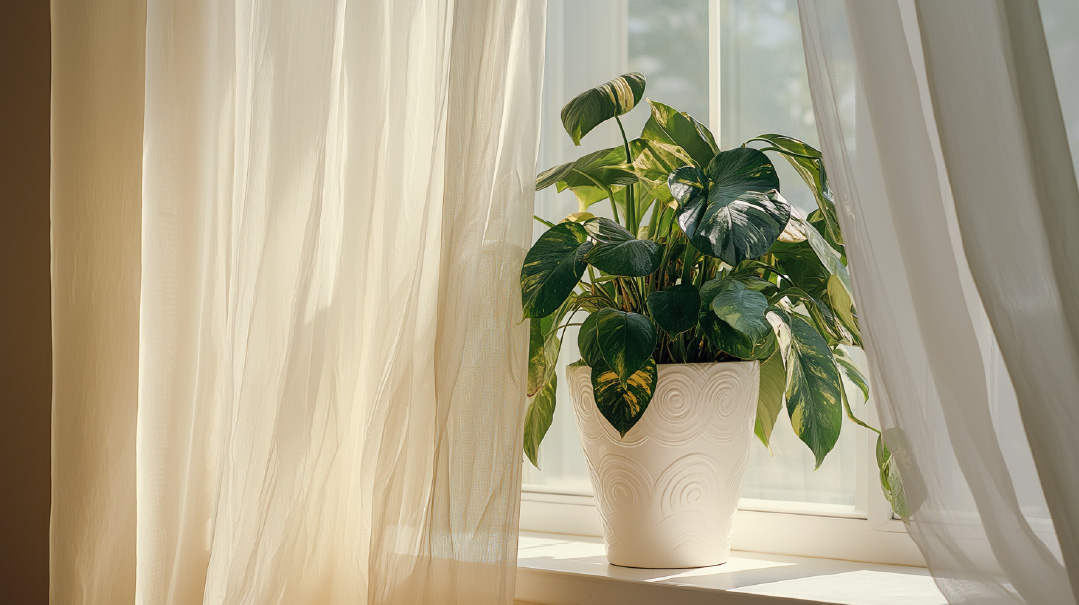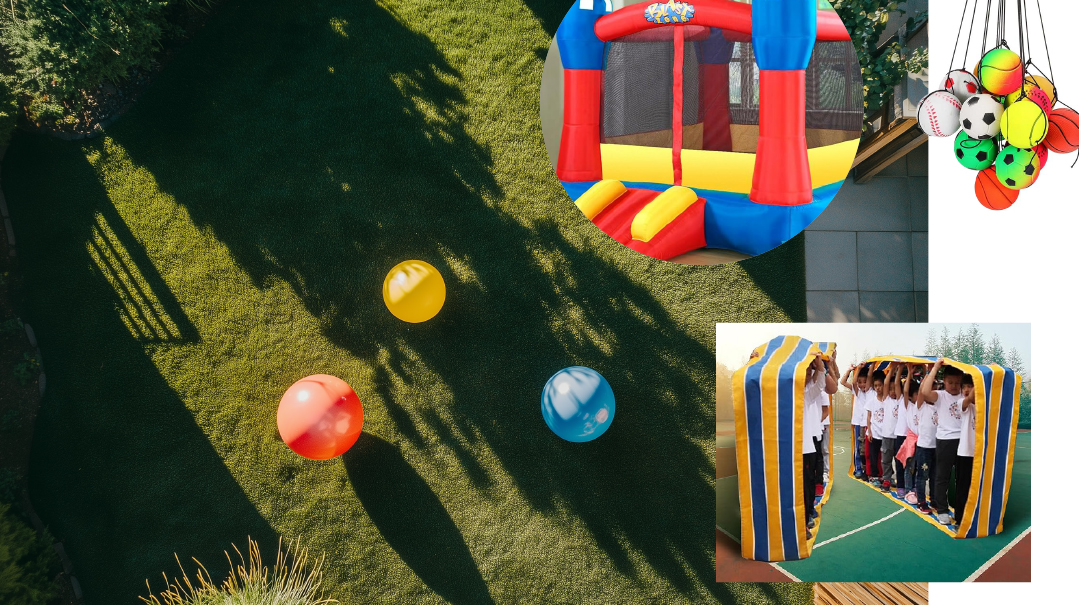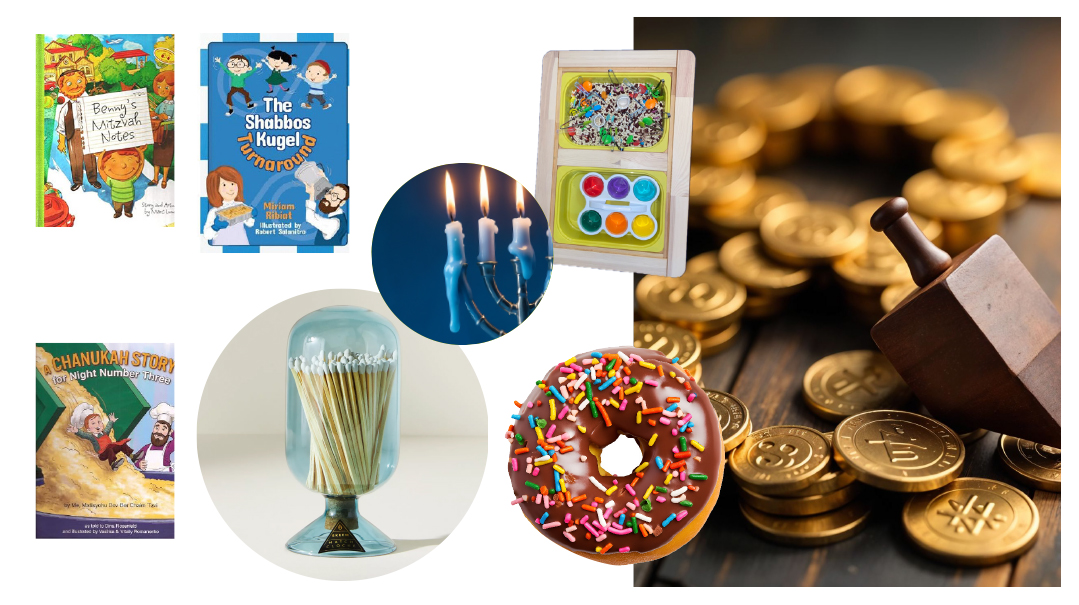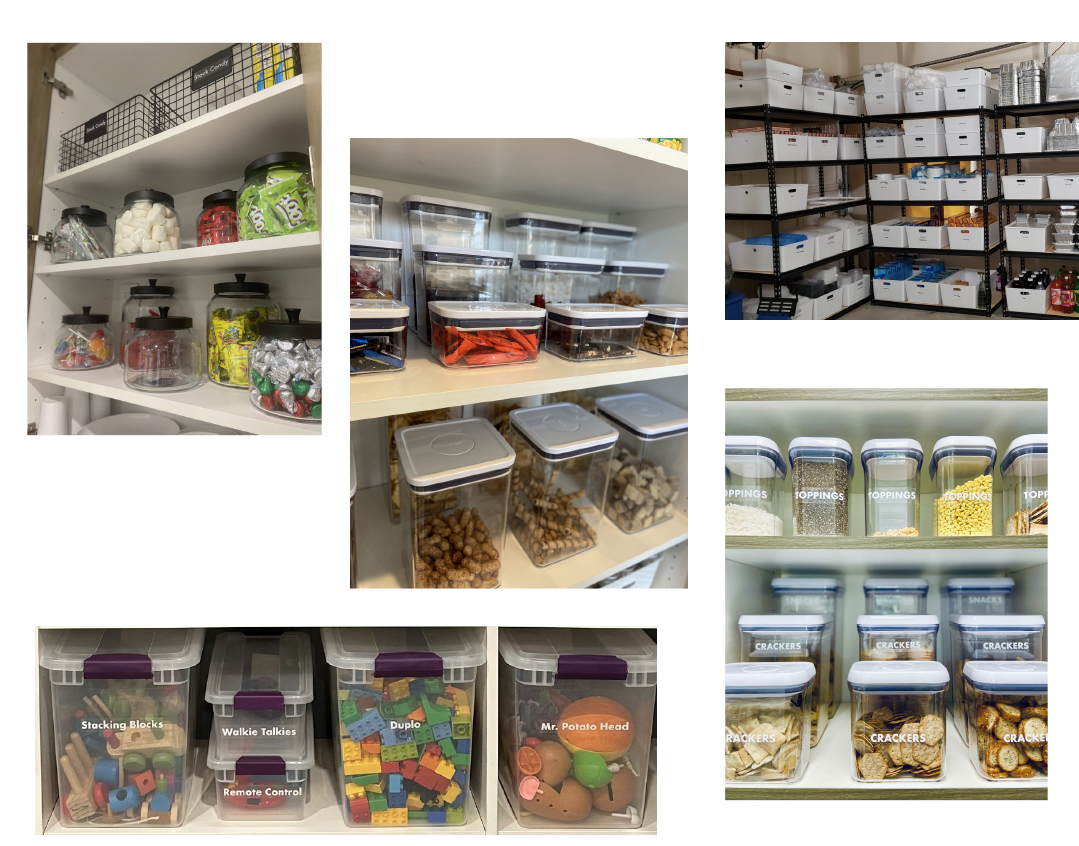Get Your Linen in Line
| November 4, 2020Is your linen closet a tangle of faded sheets and crumpled hand towels? Solutions to all your organizing woes
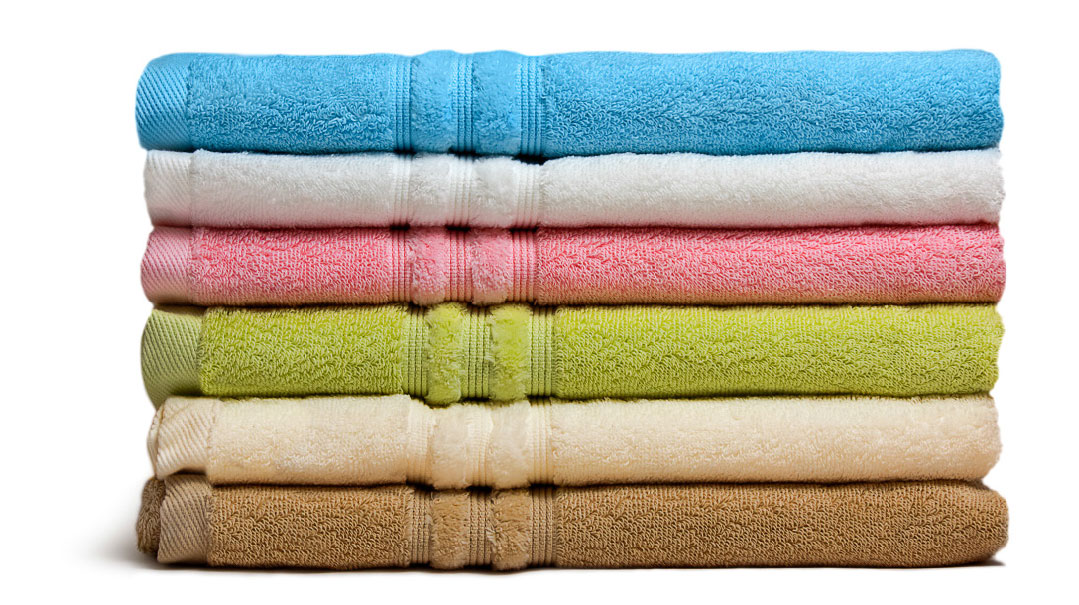
By Yael Wiesner
Linens and towels are bulky and must earn their space. If you haven’t used a set of sheets for a year, get rid of them. If you’re purposely saving some ratty ones for camp or trips, don’t keep them with the daily linens. Store them in the garage with the travel bags and camping gear.
Select Your Spot
The most common and logical choice is the hallway leading to the bedrooms, in close vicinity to the main bathroom, so sheets and towels are accessible to all the rooms where they’re needed. Many homes come equipped with a specific linen closet in that location.
A runner-up option is to store linen sets in the rooms where they’re used. If you choose this option, you could store your towels in a storage unit in the bathroom.
The least-logical option for linen storage is the laundry room. Neither sheets nor towels are used in the laundry room — so use that extra space for sorting hampers or other upgrades to your laundry system!
Have no room for linen storage? That’s okay, you don’t need it. Just put freshly washed linen straight back on the beds. Keep one or two spares wherever you can and donate the rest!
Decide on Dimensions
The standard space allotted between shelves is 16-in/40-cm high and standard linen closets can be as deep as 23 in/58 cm. This leaves way too much room for piles to topple — the extra depth encourages mess.
Create more functional storage space by adding another shelf to each section of the closet and distribute the shelves evenly over the space. Between shelves, 9–12 in/25–30 cm is perfect to maintain neat piles. It’s best to outfit your closet with adjustable shelves so that you can decide what works best.
Plan for only 16–18 in/40–45 cm of depth. That’s enough to store one nice, neat pile. If this isn’t possible, use baskets to create the optimal depth.
Find Your Folding Style
Now that you’ve chosen your spot, decide which folding style works best to serve your family’s needs and maximize the space in your closet:
By Set: Fold the sheet and pillow case from each set into a neat rectangle. Fold your duvet cover into a rectangle and roll it around the sheet and pillow case like a knish, with the folded edge forward. Alternatively, fold the sheet and blanket cover together and insert them into the pillowcase.
By Category: Make three separate piles for pillow cases, flat sheets, and blanket covers. Make three separate piles for towels as well — large bath towels, medium bath towels, and hand towels. Use shelf dividers to keep your piles in place.
Rolled: Roll the towels into a cylinder shape and stand them vertically in pretty baskets. You can roll the sheets as well after folding into neat squares. This beautiful arrangement makes it easier to pull out what you need without dislocating the rest.
File Folded: Fold your linens into the standard square and then stand them up in a bin, basket, or drawer. This is a great method if you want to see all your options at once. It also works well for baby blankets and crib sheets.
Space saver: Use vacuum bags to store your winter blankets and extra pillows. Keep these in the harder-to-reach places of the closet.
Yael Wiesner, author of How Does SHE Manage? (Feldheim), works as a professional organizer and interior designer in Israel. She crafts beautiful rooms that will streamline your day, maximize your space, and increase efficiency in your home.
Oops! We could not locate your form.








